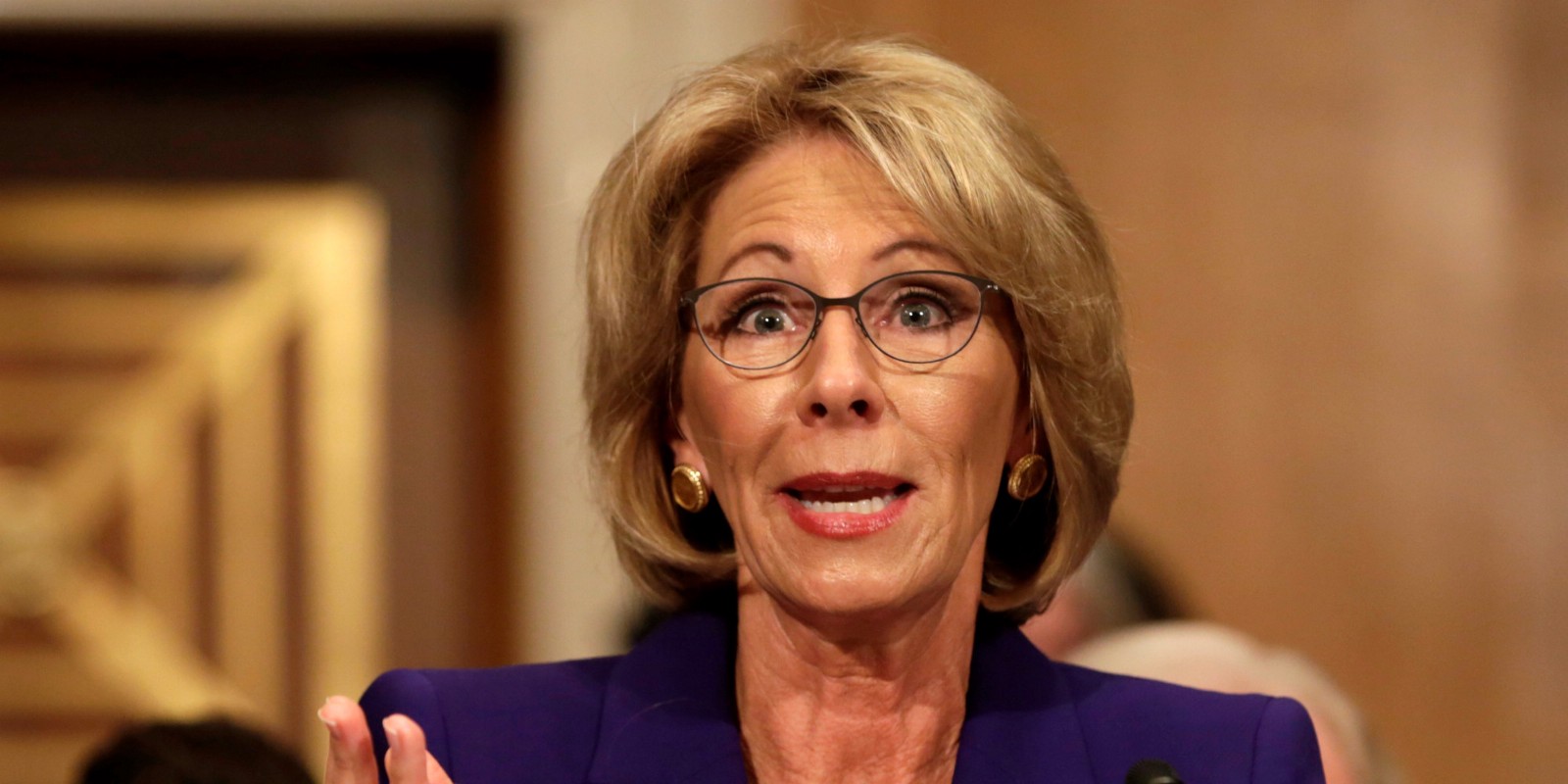I know that I really shouldn’t even be acknowledging that Betsy DeVos has anything useful to say about education, but the vacant smile she wears when she doesn’t know what she’s talking about, which is pretty much most minutes of most days, is on brilliant display in this video where she gratuitously supports the idea that larger class size leads to more learning, at least for “some students.”
Of course, my solution, then would be to put some students in a large class, but since the number of students who learn best in a large class is small, well, can you see my dilemma? Norman, please relate.
The truth that most every educator knows is that smaller classes are, shall we hedge and say, ALWAYS better than larger classes, because the truth is that the more time a teacher can spend with individual students during a day or class period is always better than spending less time with those students. Yes, it is important for students to collaborate and confer, but in the end, it’s the teacher’s job to deliver the curriculum to students and then to evaluate the extent to which those students have learned the information. And the most effective way of doing that is to interact with more students for as much time as possible every day.
Are there some students who learn more efficiently in larger classes? Yes, but those students are generally better at absorbing and synthesizing information on their own since they don’t need, or get, as much direct teacher support. And, of there are those students who like larger classes because then they can hide or sit in the back or count on the fact that the teacher will not call on them as much. Those students, in fact, need smaller classes.
If this was only a Betsy DeVos issue, then we wouldn’t have as much of a problem because she doesn’t really support federal involvement in state public schools. But this is not just a DeVos problem. The large class know-nothings are alive and well in the leafy suburbs, employing suspect research that says that classes above 30 students are where education tends to break down. This is convenient for school boards because then they don’t have to hire as many teachers and pay them salaries and benefits. This saves money on property taxes and facilities.
Now let’s go back to the video. Notice that the first words Secretary DeVos uses to answer the question (around 1:38) are “Given education freedom initiatives, there are different kinds of environments in which students learn well.”
First of all, education freedom initiatives code for privatizing education and using government money for non-public schools. Second, what does the first part of the sentence have to do with the second? It simply means that schools should feel free to make classes larger because that’s what freedom means. I think.
This administration is doing precious little in education and promoting large classes will do even more damage to children.
For more, go to www.facebook.com/WhereDemocracyLives or Twitter @rigrundfest
Share this content:








